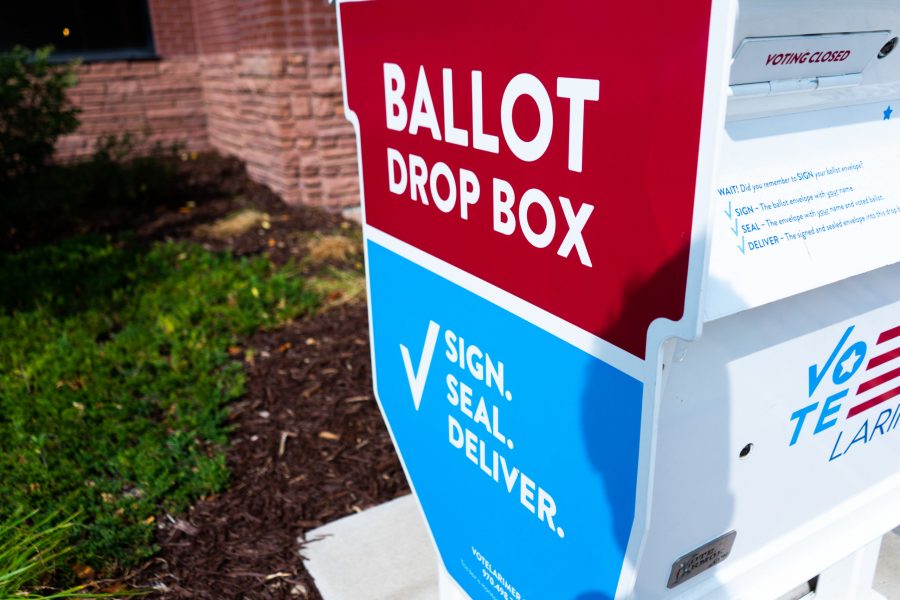| Emmalee Krieg | The Rocky Mountain Collegian |
Ever since Fort Collins City Council members voiced support for ranked choice voting, and according to an article from the Coloradoan, the voting method also referred to as instant runoff voting has gained some traction.
”With ranked choice voting, the goal is to keep the playing field open.
“It encourages everyone to run for office without splitting the vote being one of the reasons you shouldn’t run,” said Luke Doescher, campaign manager for Better Ballot Fort Collins.
“We are really focused on engaging voters to make the offices more representative of communities, where now we feel like the voting system we have puts barriers in place for people to represent themselves and the groups they belong to.” – Luke Doescher, Better Ballot Fort Collins campaign manager
“It requires a simple majority to win,” said Kathleen Schmidt, election reform chair of the League of Women Voters Larimer County.
The League of Women Voters Larimer County has been campaigning for ranked choice voting for a while. They want to involve voters and make them feel like they have a voice.
Schmidt said their main job “educates and informs the public on governmental policy that affects our everyday lives.”
With ranked choice voting, the goal is to keep the playing field open.
“We are really focused on engaging voters to make the offices more representative of communities, where(as) now, we feel like the voting system we have puts barriers in place for people to represent themselves and the groups they belong to,” Doescher said.
Fort Collins is not the first city to consider this voting method. According to Ballotpedia’s webpage on ranked choice voting, places like Minneapolis, New York City and Portland, Maine, have already implemented the system. The research group MGGG Redistricting Lab found ranked choice voting has the potential to improve representation among minorities.
“The cities that use ranked choice voting nationally have 50% women on city councils boards, whereas across the nation, the cities that don’t use ranked choice voting have 25% women with representation on city councils,” Schmidt said. “When we require a simple majority to win, it opens up the field to women, minorities, third-party candidates.”
Ranked choice voting can also create less polarization among candidates and voters. “It decreases the role of extreme ideologies in politics,” Doescher said.
The setup of preferences makes it so political parties have less control over picking certain candidates for an agenda. The hope is voters feel more represented because they have more choices.
“Other candidates might change their policies or adapt to help you,” said Evan Welch, director of governmental affairs for the Associated Students of Colorado State University. “It does make your voice more of its own.”
As for Fort Collins, the city council is looking to include passing ranked choice voting on ballots this November, according to an article from the Coloradoan.
“The best thing is to just learn more about it — ask questions,” Welch said.
While ranked choice voting is a relatively new idea to some, it continues to develop across the United States.
.





